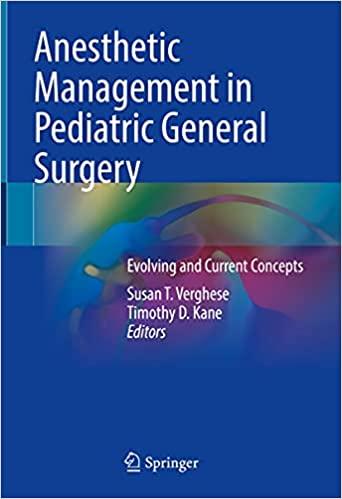Question
Writing Plan Describe the argument to be addressed in your persuasive essay. Explain how the argument relates to your major, the major you are considering
Writing Plan
- Describe the argument to be addressed in your persuasive essay. Explain how the argument relates to your major, the major you are considering pursuing, or your field of work.
- Ensure that your topic is debatable. Are you able to see at least two perspectives to this argument?
- Identify the potential challenges you may encounter in supporting your argument with a specific audience.
- First, state the audience you will be writing to.
- Then address the challenges of supporting your argument with this audience.
- Establish a goal that you hope to accomplish with this essay. What will this essay need to successfully meet your goal?
- Determine three key points that will be helpful in supporting your argument and provide rationale.
- Provide a brief description of at least two sources that support the key points of your argument.
- First, list the authors and the titles of each source. These sources may be books or articles you identified in a previous assignment.
- Then provide a brief description of how each may reinforce your argument.
- Explain how you plan to effectively integrate evidence into the essay.
- Explain how your instructors feedback on previous assignments has influenced your progress moving forward.
- What changes did you make to your writing plan after receiving this feedback?
- If you did not make changes, how did the feedback reinforce the direction of your essay?
For artificial intelligence in healthcare:
Source 1: Author: Williams, A
Title: Revolutionizing Healthcare: The Role of AI in Diagnostics
Database: PubMed
Summary: Williams examines how AI could revolutionize healthcare diagnostics, highlighting how it could improve speed and accuracy in diagnosing illnesses. Examples of effective AI applications in diagnostics are given in the article to bolster the claim that AI advances healthcare.
Credibility: The source receives a C.R.A.A.P.O. score of 38. Its credibility is established by the fact that it was written by a medical technology specialist and published in a respectable medical database. It also draws from current research and clinical cases.
Support for Argument: This source supports the claim by providing data demonstrating AI's beneficial effects on diagnostics. It highlights increased accuracy, supporting the more general assertion that AI improves healthcare results.
Source 2: Author: Miller, B
Title: Challenges and Concerns: AI Implementation in Healthcare
Database: IEEE Xplore
Summary: Miller looks at the difficulties in implementing AI in the healthcare industry, covering topics like data security, interoperability, and resistance from medical professionals. An alternative perspective is provided by this source, which warns against the hasty adoption of AI due to possible issues.
Credibility: The source has a credibility score of 36 on the C.R.A.A.P.O. test. It is written by a healthcare systems specialist and published in a reputable engineering database. It incorporates research findings and industry experience.
Support for Opposing Viewpoint: Miller's work highlights issues and challenges surrounding AI in healthcare, which deepens the conversation. It offers a counterargument, arguing that due to possible complications, caution is required in the integration of AI.
Source 3: Author: Chen, L
Title: AI in Radiology: Advancements and Limitations
Database: ScienceDirect
Summary: In his review of AI's progress and drawbacks in radiology, Chen discusses enhanced image analysis while pointing out possible drawbacks in complicated cases. The source adopts a fair-minded stance, acknowledging both the advantages and difficulties of artificial intelligence in radiological applications.
Credibility: The source's high credibility is indicated by its C.R.A.A.P.O. score of 37. Written by a radiology researcher and published in a respectable scientific database, it incorporates both expert insights and empirical studies.
Support for Argument and Opposing Viewpoint: Chen's research bolsters the claim by showcasing developments in artificial intelligence for radiology. Concurrently, it adds to a nuanced viewpoint by recognizing the constraints and providing a fair assessment of AI's contribution to radiological diagnostics.
Step by Step Solution
There are 3 Steps involved in it
Step: 1

Get Instant Access to Expert-Tailored Solutions
See step-by-step solutions with expert insights and AI powered tools for academic success
Step: 2

Step: 3

Ace Your Homework with AI
Get the answers you need in no time with our AI-driven, step-by-step assistance
Get Started


